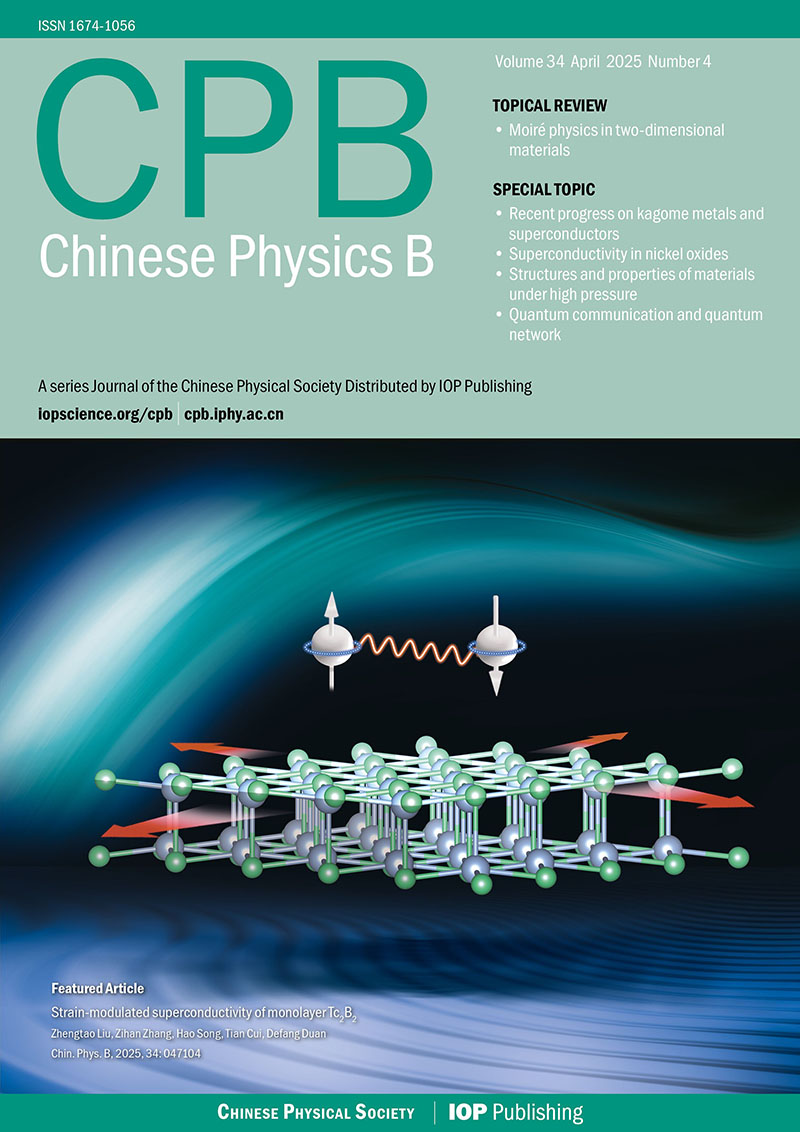Role of hydrogen bonding in solubility of poly(N-isopropylacrylamide) brushes in sodium halide solutions
- Available Online: 01/01/2016
-
Key words:
- molecular theory /
- PNIPAM brushes /
- anion effect /
- hydrogen bonds
Abstract: By employing molecular theory, we systematically investigate the shift of solubility of poly(N-isopropylacrylamide) (PNIPAM) brushes in sodium halide solutions. After considering PNIPAM–water hydrogen bonds, water–anion hydro-gen bonds, and PNIPAM–anion bonds and their explicit coupling to the PNIPAM conformations, we find that increasing temperature lowers the solubility of PNIPAM, and results in a collapse of the layer at high enough temperatures. The combination of the three types of bonds would yield a decrease in the solubility of PNIPAM following the Hofmeister se-ries:NaCl>NaBr>NaI. PNIPAM–water hydrogen bonds are affected by water–anion hydrogen bonds and PNIPAM–anion bonds. The coupling of polymer conformations and the competition among the three types of bonds are essential for de-scribing correctly a decrease in the solubility of PNIPAM brushes, which is determined by the free energy associated with the formation of the three types of bonds. Our results agree well with the experimental observations, and would be very im-portant for understanding the shift of the lower critical solution temperature of PNIPAM brushes following the Hofmeister series.

 首页
首页 登录
登录 注册
注册






 DownLoad:
DownLoad: